- info@chinaadventure.org
- 86-18008011324
- Search
Price from$5000p/p

This fantastic tour starts from the capital of China (Beijing), and takes you to the mysterious ancient Silk Road. During the trip, we will visit historical wonders, Buddhist temples, classical architectures and archeological sites. This trip combines local bazaars, different cultures and the indescribable natural landscape in this less-trodden part of China.
Upon arrival, we will meet you at the Beijing airport and transfer you to the hotel. The rest time will be your free time to do a little exploration at your leisure.
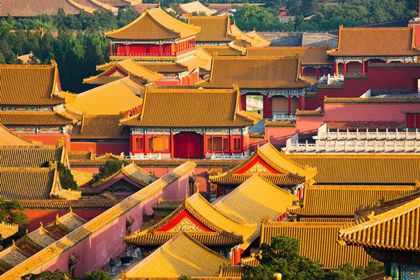
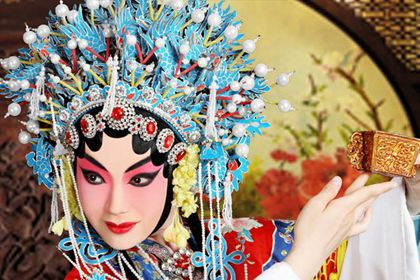
Today we will visit Tiananmen Square, the Forbidden City, and the Temple of Heaven.
Tiananmen Square: Located at the center of Beijing, Tiananmen is the largest city public square in the world.
Forbidden City: It was the imperial palace for twenty-four emperors during the Ming and Qing dynasties. It took 14 years to build during the reign of Emperor Chengzu in the Ming Dynasty (1368-1644).
Temple of Heaven: It has been one of the most sacred places for more than five centuries. The complex was visited by the Emperors of the Ming and Qing dynasties for annual ceremonies of prayer to heaven.
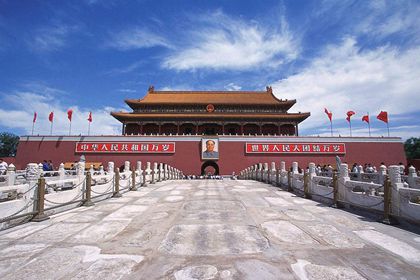
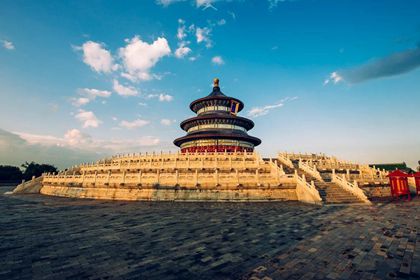
In the morning we will visit the Mutianyu Great Wall and then the Ming Tombs and Sacred Way.
The Mutianyu Great Wall : Lies in Huairou County, Mutianyu Section is 73 kilometers away from Beijing City. Commanding the strategic importance, Mutianyu Section is called as the Majestic Pass on Precipitous Mountains. It is one of the best-preserved parts of the Great Wall.
The Ming Tombs: Also known as the “13 Tombs”, this is a collection of mausoleums of the 13 out of 17 of the Ming Dynasty emperors. The tomb that can be visited is that of Emperor Wanli, who reigned from 1537 to 1620, and his two empresses.
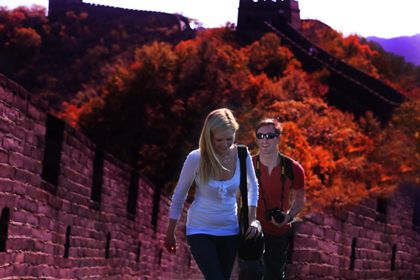
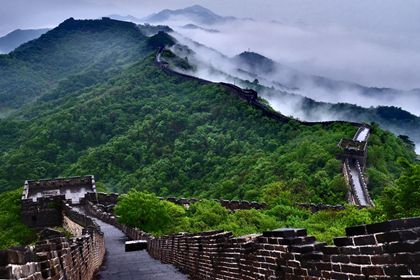
Today we will go to the Summer Palace and cruise in the Summer Palace lake. In the afternoon, we will go to the Hutong district and Silk Street. Afterwards we will fly from Beijing to Xian.
Summer Palace: Being the largest and most well-preserved royal park in China, it has greatly influenced Chinese horticulture and landscape with its famous natural views and cultural interests.
Hutong: The real culture of Beijing lies in the Hutong. The Hutongs are formed by lines of traditional courtyard residences. Many neighborhoods were thus formed. You will also get a better idea and the real meaning of Beijing life between these Hutongs.
Silk Street: It used to be an outdoor flea market, but now is a prosperous shopping mall, which accommodates over 1,000 retailers. It’s also regarded as one of the symbols of Beijing.
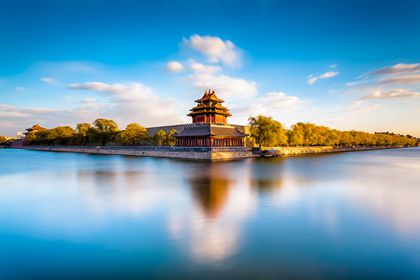
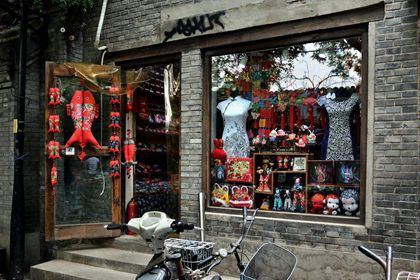
Today we will visit the Terra-cotta Warriors and Horses, the Bell Tower and the Wild Goose Pagoda. Terra-cotta Warriors and Horses: This is one of the greatest archaeological findings of the 20th century. It’s a collection of sculptures depicting the armies of Qin Shi Huang, the first emperor of China.
Bell Tower: It’s a stately traditional building that marks the geographical center of the ancient capital, Xi’an. It’s built in 1384 by Emperor Zhu Yuanzhang as a way to dominate the surrounding countryside and provide early warning of attack by rival rulers.
Big Wild Goose Pagoda: It was built in 652 during the Tang Dynasty. One of the pagoda’s many functions was to hold sutras and figurines of the Buddha that were brought to China from India.
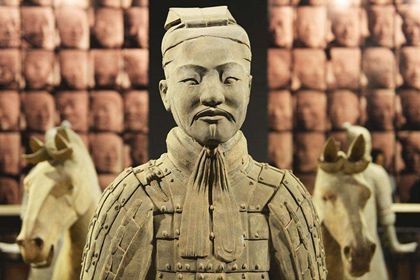

We will visit Shaanxi History Museum, Xian City Wall and stroll around the Muslim Street.
Shaanxi History Museum: It’s the first huge state museums with modern facilities in China and one of the largest. It holds numerous unearthed cultural artifacts from within the Shaanxi province as well as the rest of China.
Ancient City Wall: The City Wall has corner towers, ramparts, sentry towers, gate towers, battlements and a number of city defensive fortifications with very strong defense capability. You can walk and even bike on the city wall to experience the history of Xi’an.
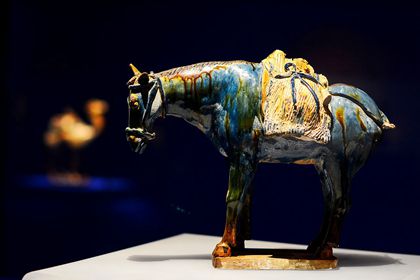

In the morning we will take the express train to Lanzhou (D2651, 08:00-11:08). Upon arrival, we will take a cruise by speed boat from Liujiaxia Gorge to Binglingsi Thousand Buddha Caves. Afterward, we will go to Xiahe and visit the Songke Grassland in the afternoon.
Bingling Thousand Buddha Caves: Bingling Temple Caves is one of the Four Most Famous Caves in China and just second to Mogao Grottoes of Dunhuang. Bingling, is the transliterating of the Tibetan "thousands of Buddhas".
Songke Grassland: Situated 14km from Xiahe, its vast expanse of grassy plains, covering an area of around 70 square kilometers. It is a lonely but beautiful place that you can forget all your concerns in the past.
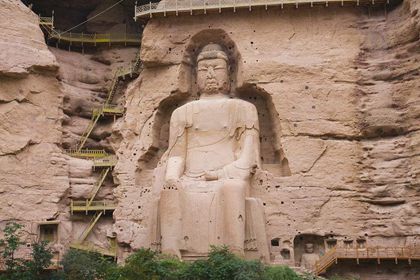
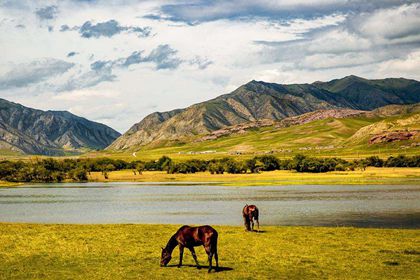
In the morning, we will visit the Labrang Monastery and then go back to Lanzhou to visit the Yellow River Mother Sculpture.
Yellow River Mother Sculpture: The sculpture comprises a mother and a baby, lying on the undulating water looking happy and kind. Resting on her breast is a small child smiling naively.
Labrang Monastery: It’s one of the six great monasteries of the Gelug school of Tibetan Buddhism. It’s also home to the largest number of monks outside Tibet.
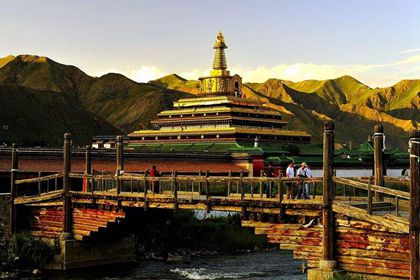

After breakfast, we will go to the station and take the express train to Jiayuguan (D2703, 08:20-12:57). Upon arrival, we will visit the Jiayuguan Pass, Weijin Tomb.
Jiayuguan Pass: Jiayuguan Pass is the largest and most intact pass of the great wall in China. Standing in the southwest part of Jiayuguan City, about 6 km away from downtown, it was the last section built by the Ming Dynasty.
Weijin Tomb: About 15 kilometers northeast of Jiayuguan, there are over 1,400 tombs which were built during the Wei and Jin dynasties (between the 3rd and 5th century). They feature brick wall paintings showing various social activities of the times.
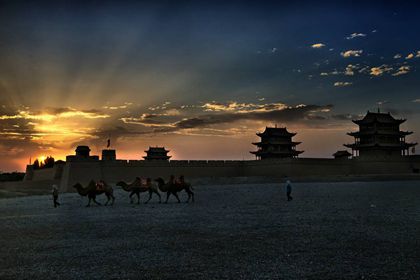

Today we will visit Yulin Grottoes, and then drive to Dunhuang, where we will go to visit the Echoing-Sand Mountain and Crescent Lake. After dinner, let’s take a stroll at Shazhou Night market to see the local life here.
Yulin Grottoes: Known as “Ten Thousand Buddha Cave Valley, it’s a brunch of the Dunhuang art complex and there are 41 major caves and hundreds of other scattered around.
Echoing-Sand Mountain and Crescent Lake: Located 5 km south of Dunhuang City, the Echoing-Sand Mountain is celebrated for the sound of the moving sand. In 1994 it was acclaimed as the national key scenic spot and it’s advertised as the 40 must go places by CNN.
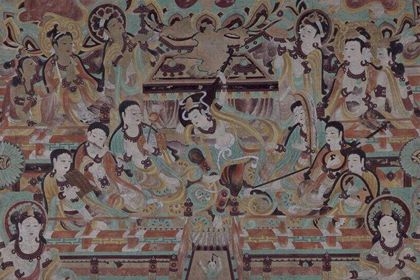

Today we will visit the famous Mogao Grottoes and then we will send you to the railway station to catch the train to Turpan (D55, 16:10-19:53).
Mogao Grottoes: Also known as Thousand Buddha Grottoes, it’s located 25 km southeast of the center of Dunhuang. It’s an oasis strategically located at the religious and cultural crossroads on the Silk Road.

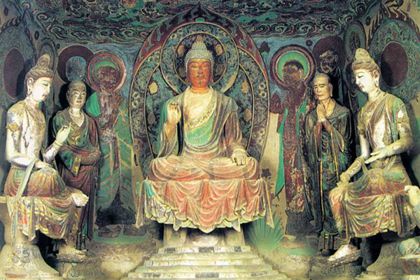
Today we will visit the Jiaohe Ancient City, The Flaming Mountain, Karez Irrigation System, Sugong Minaret, and Tuyoq Valley.
Jiaohe Ancient City Ruins: Also known as Yarhotto, it is viewed as one of the world's largest, oldest historic sites and the best preserved raw soil buildings with more than 2,000 years. It is also part of the UNESCO World Heritage Silk Road Sites.
The Flaming Mountain: The Flaming Mountain is famously described in the classic Chinese mythological novel “Journey to the West”. This is the hottest place in China. The highest ground temperature is over 70 degrees Centigrade in summer. Many years of volcanic activity have formed the unique crisscrossing gullies and ravines.
Karez Irrigation System: Karez systems are the crystallization of ancient people's diligence and intelligence. At its peak, this irrigation system exceeded 5,000 km (3,106 miles) and was also referred to as 'the underground Great Wall'. By the way, it’s still in use today.
Sugong Minaret: Located in Mura Village 2km to the east of the city of Turpan, the minaret tower was built in the 41st year of the long reign of Qianlong Emperor. It is the embodiment of the ancient architectural arts of the Uighur people and is still the largest extant ancient Islamic tower in Xinjiang.
Tuyoq Valley: It is a Muslim religious pilgrimage site. The southern mouth of the valley has big Uighur mosques older than the Sugong Minaret and a cave thought by many to be described in the Koran. About a kilometer from the cave shrine is a group of grottoes that have some Buddhist and Nestorian artwork. It’s an ancient oasis village in the Taklamakan desert.
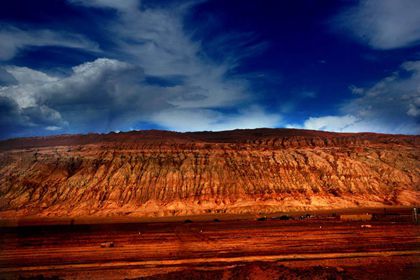

After breakfast at the hotel, we will drive in the deep of Tianshan Mountain and Korla. Korla is known as the "City of Pears" and the "City of Petroleum", where we can enjoy the scenery of the Bosten Lake.
Bosten Lake: Bosten Lake is the biggest inland freshwater lake in China. It is 34 miles (55 kilometers) long from east to west and 15 miles (25 kilometers) wide from north to south, consisting of big and small lake districts.

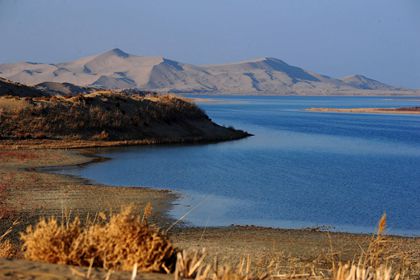
Today we will drive to Kuqa and visit the Taklamakan Desert and the Tarim River in the Diversifolius Poplars Park.
Taklamakan Desert: It’s the biggest moving desert in the world and most of the people believe that it has buried most of good civilizations of central Asia. It occupies a land of more than 345,000 square km, making it slightly smaller than Germany.
Diversifolius Poplars Park: The park is located in the north of Taklimakan Desert, and the middle portion of Tarim River. We can appreciate the Tarim River, poplar trees, the desert and the oil industry complexes. It is a good resort for sightseeing, entertainment, adventure and vacation.

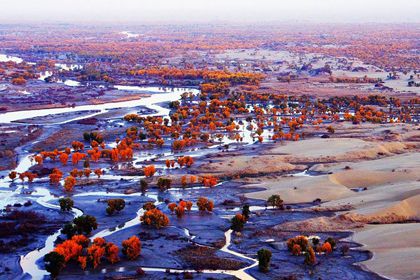
Today we will visit the Kizil Thousand Buddha Caves, Tianshan Great Canyon, Kizilgaha Beacon Tower, Subash Ruins and the Kucha Mosque. Afterwards, we shall take the overnight train to our next destination, Kashgar (K9787, 20:56-06:05+1).
Kizil Grottoes: Kizil Grottoes (Kizil being spelled variously as Qizil or Qyzyl) are the largest ancient Buddhist cave sites that are associated with the ancient Tocharian Kingdom. It’s a set of Buddhist rock-cut caves located near Kizil Township in Baicheng County, Xinjiang. This area was once a commercial hub of the Silk Road.
Great Tianshan Canyon: Stretching 5.5 kilometers, Tianshan Grand Canyon can be deemed as the rare natural scenic spot across China, thanks to aeon-long denudation and scour of torrents. What makes Tianshan Grand Canyon charming is not only its magnificence and precipitousness, but also its tranquility, mysteriousness and serene.
Kizilgaha Beacon Tower: Located 10 km outside Kucha, the Kizilgaha Beaacon Tower provided security for traveling caravans on the Silk Road and prevented enemy invasions. Kizilgaha means “red beak” or “red checkpoint” in Uighur. This ancient military construction still remains majestic after over 2,000 years at the mercy of the elements. It is the oldest and best-preserved site on the Silk Road.
Kucha Mosque: It is located in the north of the old city of Kucha and covers an area of 1165 square meters. With a capacity of 3000 people, it is the second largest mosque in Xinjiang. The mosque consists of a main worshiping hall, a small worshiping hall, a minaret, a qubbah, a religious court and hostels, etc.
Subashi Ruins: It’s a key cultural site under state protection, located on the southern side of the Queletage Mountain northeast of Kuche County. These large area ruins reflect the temple's past brilliance.

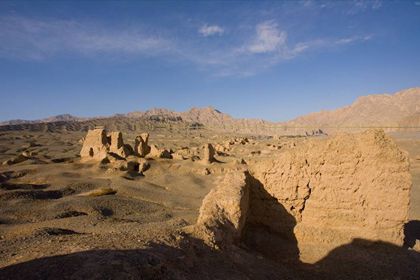
We will meet you at the railway station and transfer you to the hotel. After check-in, we will take the city tour to explore the places.
Sunday Bazaar: This is called “Sunday” bazaar but it is open daily, even though it is busiest on Sundays. Streets near this big market are jammed with farmers and buyers arriving by donkey cart, truck, bicycle, horseback, ute, motobike, or on foot, with their animals.
Id Kah Mosque: This is the largest mosque in China, and the most famous mosque in Xinjiang. Every Friday, it houses nearly 10,000 worshippers and may accommodate up to 20,000. The buildings of Id Kah Mosque look magnificent and solemn, and display the artistic styles of Islamic mosque architecture.
Apakh Hoja Tomb: The site is also known as the Xiang Fei (Fragrant Concubine) Tomb in memory of Abakh Khoja's granddaughter, Iparhan, who was the Fragrant Concubine of Emperor Qianlong of Qing Dynasty. It is the most complete Islamic tomb dating from the beginning of the Qing Dynasty.
Handicraft Street: It’s a fascinating place showing the distinctive custom and culture of Kashgar, with many full-time handicraftsmen working on the street and hundreds of workshops and booths alongside.
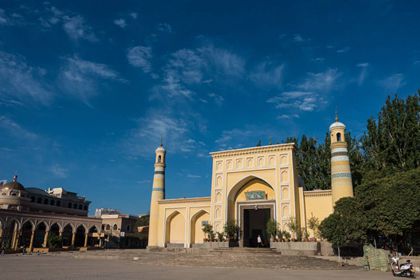
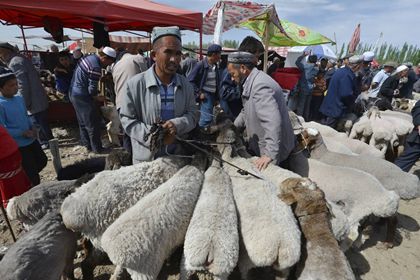
In the morning, we will head to Taxkorgan by coach to visit the White sand lake, Karakul Lake
White Sand Lake: The White Sand Lake is covered by the blown sand, and is always shining in the sunshine. This lake is on the way from Kashgar to the Karakul Lake.
Karakul Lake: Karakul lies within a circular depression interpreted as an impact crater with a rim diameter of 52 km. The lake is popular among travelers for its beautiful scenery and the clarity of its reflection in the water, whose color ranges from a dark green to azure and light blue.
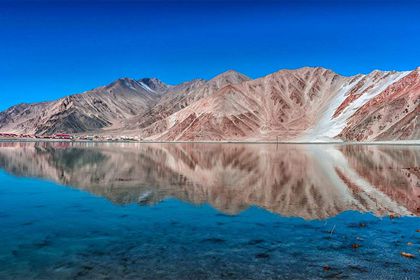
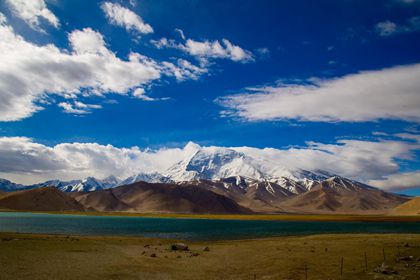
In the morning we will visit the Stone Fortress, Afterwards we will return to Kashgar and take the flight to Urumqi.
Stone fortress: Located on a tableland northeast of the county seat of Taxkorgan Tajik Autonomous County, it covers an area of 100,000 square meters and consists of ruins of city and temple of the Tang Dynasty era and a Qing Dynasty government office.

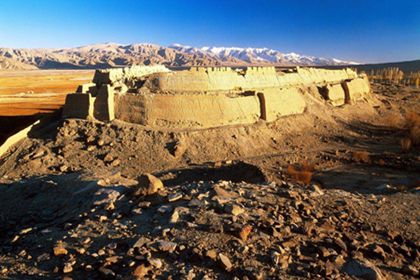
Today we will have 1 full day in Urumuqi to visit the Heavenly Lake, The Erdaoqiao Bazaar and Xinjiang Museum.
Heavenly Lake: The Heavenly Lake is an alpine drift lake shaped in the Quaternary Glacier period, and was listed by the State as one of the key scenic spots in 1982. The Nature Reserve covers 380-odd square kilometers, including 18 modern glaciers,3 rivers,18 lakes of which the Heavenly Lake is the most famed one.
Erdaoqiao & International Bazaar: Here you will find a bustling market filled with fruits, clothing, crafts, knives, carpets, and almost anything that you can imagine. This is the largest bazaar in Urumqi, and is a place most welcomed by tourists.
Xinjiang Museum: The Xinjiang Regional Museum is a large integrated museum and a center for the collection and study of cultural relics in Xinjiang.
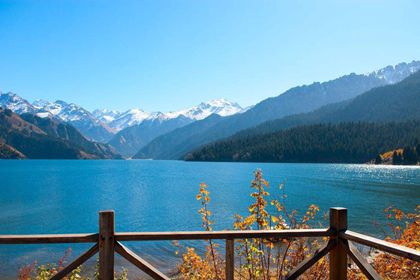

In the morning we will send you to train station/airport according to the schedule. The epic Silk Road tour ends.
Price Inclusions
1. Private transportation with good AC (Excellent and experienced driver guaranteed)
2. Accommodation with breakfast (twin bed shared room)
3. English speaking guide (Professional guide service)
4. All the entrance fee throughout the itinerary
5. All the Shuttle bus included in the itinerary
6. Travel insurance
7. Train ticket (2nd class) from Xi’an to Lanzhou, Lanzhou to Jiayuguan, Dunhuang to Turpan
8. Overnight train ticket from Kuqa to Kashgar (1st class)
9. Airfare with tax from Beijing to Xi’an, Kashgar to Urumuqi
10. Visa support letter
11. Service charge and government tax
12. Two bottles of mineral water per person per day
13. Allowance for the guide and driver
Price Exclusions
1. Personal expenses and tips to the guide and driver
2. Optional activities like boating, horse riding, etc
3. Meals
4. International airfare with tax, flight arrive in Beijing and departure from Urumuqi
5. Loss caused by natural disaster, weather or unforeseen factors
1. 7*24 English Professional Customer service Support! Whenever you are in need, our customer service will be available to help you.
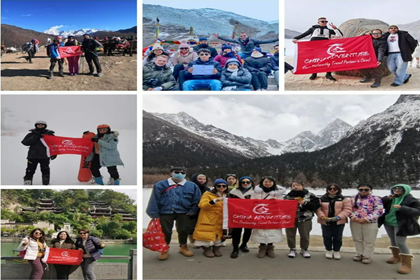

2. Easy booking and Flexible cancellation! Unlike most travel agency, we do provide free cancellation policies to travelers with good reason such as disease, covid, family emergency etc.
3. Safety guarantee journey and well-euipped logistic support team
For mountain hike trip , we provide
Professional Climbing Equipment and Well-prepared Logistic Support

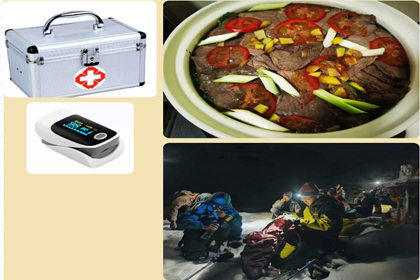
4. We took to you less-tourists visited off the beaten path only to let you know real China

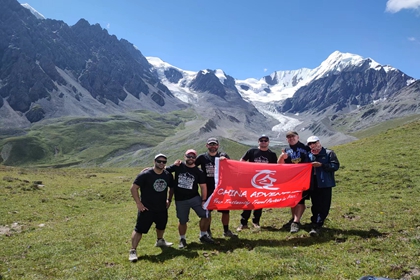
5. Special gifts , free holidya dinner and souvenirs for holidays from China Adventure Team
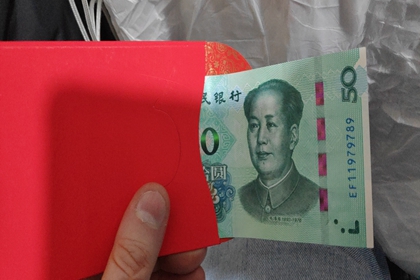

we’ll reply you in 24 hours!
Copyright © 2012-2024 All Rights Reserved to chinaadventure.org